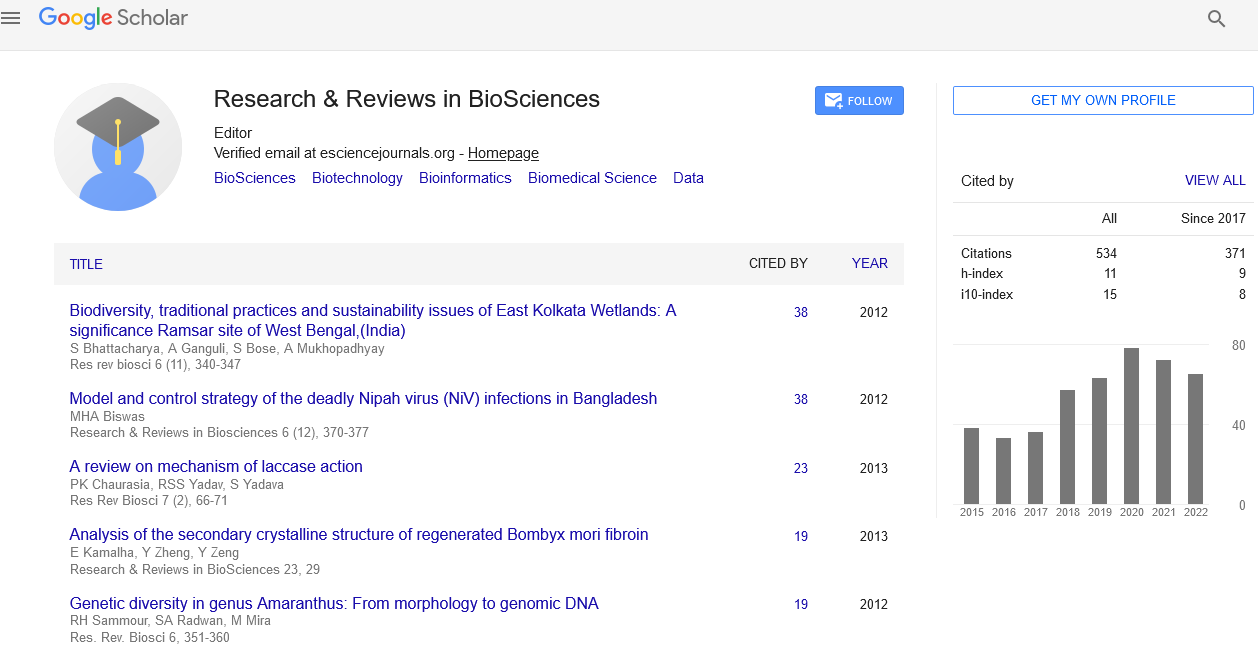Research & Reviews in BioSciences
ISSN 0974-7532
All submissions of the EM system will be redirected to Online Manuscript Submission System. Authors are requested to submit articles directly to Online Manuscript Submission System of respective journal.
Reviews In Hypoptension
Hypotension is the medical term for low blood pressure (less than 90/60). Chronic low blood pressure with no symptoms is almost never serious. But health problems can occur when blood pressure drops suddenly and the brain is deprived of an adequate blood supply. This can lead to dizziness or lightheadedness. Sudden drops in blood pressure most commonly occur in someone who's rising from a lying down or sitting position to standing. This kind of low blood pressure is known as postural hypotension or orthostatic hypotension. Another type of low blood pressure can occur when someone stands for a long period of time. This is called neurally mediated hypotension. A non-pharmacological approach consisting of mobilization, early lifestyle changes, and therapeutic maneuvers is the first choice in the management of these patients. Individuals with persistent symptoms require pharmaceutical therapy to increase blood volume and peripheral vascular resistance. The article reviews summarizes the management of OH that is vital to cope with the needs of the growing geriatric populations.Google Scholar citation report
Citations : 627
Research & Reviews in BioSciences received 627 citations as per Google Scholar report
Indexed In
- Google Scholar
- Open J Gate
- China National Knowledge Infrastructure (CNKI)
- Cosmos IF
- Directory of Research Journal Indexing (DRJI)
- Scholarsteer
- Secret Search Engine Labs
- Euro Pub
- ICMJE
View More
